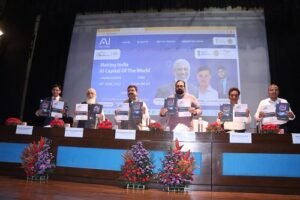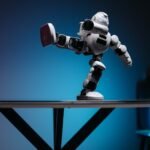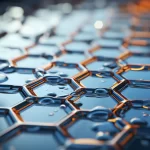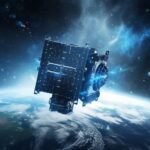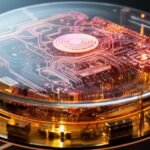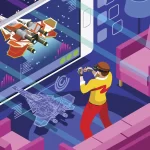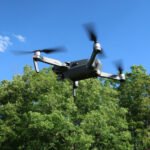Tesla’s AI supercomputer tripped the power grid
Tesla’s purpose-built AI supercomputer, known as Dojo, exhibited such immense power that it caused a power grid failure. Initially introduced at Tesla’s annual AI Day in the previous year, Dojo was still in its early stages. However, during AI Day 2022, Tesla showcased the progress made with Dojo over the past year.
Dojo has evolved from a mere chip and training tiles into a fully-fledged cabinet. Tesla claims that a single Dojo tile can replace six GPU boxes at a lower cost. Each tray houses six Dojo tiles, with Tesla asserting that one tray is equivalent to “three to four fully-loaded supercomputer racks.” A Dojo cabinet with a host assembly can accommodate two trays.
Given its tremendous computing capabilities, Dojo demands a significant amount of power. In fact, Dojo’s power draw was substantial enough to cause a power grid disruption in Palo Alto.
Bill Chang, Tesla’s Principal System Engineer for Dojo, stated, “Earlier this year, we started load testing our power and cooling infrastructure. We were able to push it over 2 MW before we tripped our substation and got a call from the city.” To enable Dojo’s operation, Tesla had to construct custom infrastructure equipped with high-powered cooling and power systems.
An ‘ExaPOD,’ comprising a few Dojo cabinets, boasts impressive specifications: 1.1 EFLOP, 1.3TB SRAM, and 13TB DRAM. Tesla plans to house seven ExaPODs in Palo Alto.
Dojo is purposefully designed for AI applications and significantly enhances Tesla’s ability to train neural networks using video data collected from its vehicles. These neural networks play a crucial role in Tesla’s self-driving initiatives and its humanoid robot, named ‘Optimus,’ which was also showcased during this year’s event.
Although Optimus was initially unveiled last year as a person in a spandex suit and PowerPoint slides, this year’s AI Day demonstrated a working prototype of the robot. Tesla CEO Elon Musk emphasized that the progress made on Optimus is substantial, stating, “I do want to set some expectations with respect to our Optimus robot… compared to that, it’s going to be very impressive.”
Optimus can now walk around and perform basic tasks like watering plants when attached to an overhead apparatus. While details about Optimus remain limited, Tesla aims to develop a functional design within the coming months or years, with an anticipated price tag of less than $20,000.
While there are still uncertainties surrounding Optimus, Dojo’s capabilities as an AI supercomputer have become more apparent and promising.



